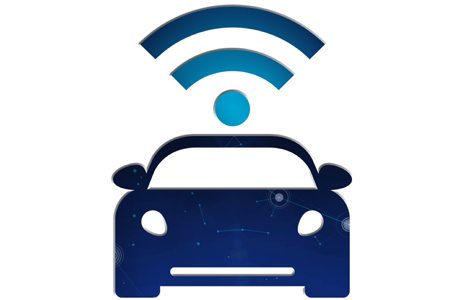It seems the telecom industry does this on a regular basis. We come up with an idea, and we talk about if for years and it still seems to be some unreachable goal in the future. Then we change the name to a more interesting one, and in some cases we change the name a few times and all of a sudden it seems the time is right. Do services in the cloud remind anyone of the application service providers of the past? When the time is right and the name resonates with the intended audience things seem to happen. The time is right for connected cars.
To be fair, telematics is only one part of the connected car discussion. Safety and security, infotainment, after market requirements, insurance applications and customer relationship management are all included. And as you talk to different players in this space there are more topics coming online every day. Some of these topics are customer facing and focused on the user experience and others are focused at the car makers.
There are many theories as to how all of these functionalities will come to market, but let’s touch on a few of the items discussed at this week’s Connectedcars2014 event to set the stage for the future.
1. Safety and security: These applications have been around for a while now in most of the luxury brands. Being able to determine if the driver is in trouble and needs emergency assistance, find their location and communicate through the car’s network directly with the driver, the ability to locate a stolen vehicle and the ability to remotely open a locked vehicle. Most people have been exposed to these applications either in their vehicle or via advertising campaigns.
2. Infotainment: We’re all familiar with using navigation systems, listening to music and making calls in our vehicles. Now think about shopping and dining recommendations, streaming audio and video, using Facebook and Twitter (OK, let’s not think too hard about this last one while driving). Where is this content and how is it delivered – your smartphone, your car’s hard drive, in the cloud? How is it controlled – your smartphone, your car? Where do the apps come from? These are all important topics currently driving a great deal of debate.
3. Aftermarket requirements: Think about how often your personal computer firmware or your phone software requires an update. It seems almost every day you need to accept some kind of update. Now think about the fact that your car has a network and a computer on board. Well these also require updates and being able to do this remotely drives cost savings and reliability.
4. Insurance: In many countries you are starting to see insurance companies offer a discount if you enable them to place a device in your vehicle to track your driving. Some offer an additional discount based on your driving being deemed safe – within speed limit laws, etc. This information is also valuable as it allows insurance companies to offer different types of rate plans, gather statistics on actual usage and performance, etc.
5. CRM: Today, car dealers focus on selling the car. Connected car applications are really just like any other feature – a sunroof, metallic paint, wider tires and sport wheels. But, what if they really understood what features the consumer used and how often after the sale. There could be customized offers based on this buying behavior offered at the car maker/dealer level to drive differentiation and customer loyalty.
I’ve focused mainly on the implications of connected cars to the auto industry and the end user. But we can’t forgot the telecom operators in this discussion. In order for all of this to work a SIM car needs to be in every vehicle and some type of wireless connectivity needs be provided. The business model for how these costs are covered is still to be determined. Is this based on the end-user’s plan, included by the car maker, sold by the operator for some type of revenue share with the car maker/dealer, etc. Today’s direction seems to incorporate a model where some functions are included in the vehicle purchase and others (infotainment type of applications) are paid for by the end user.
This will be an exciting space to follow as it develops, expect more from RCR Wireless News in this area going forward as the debate unfolds.

How to make telematics sexy? Change the name to connected cars
ABOUT AUTHOR
